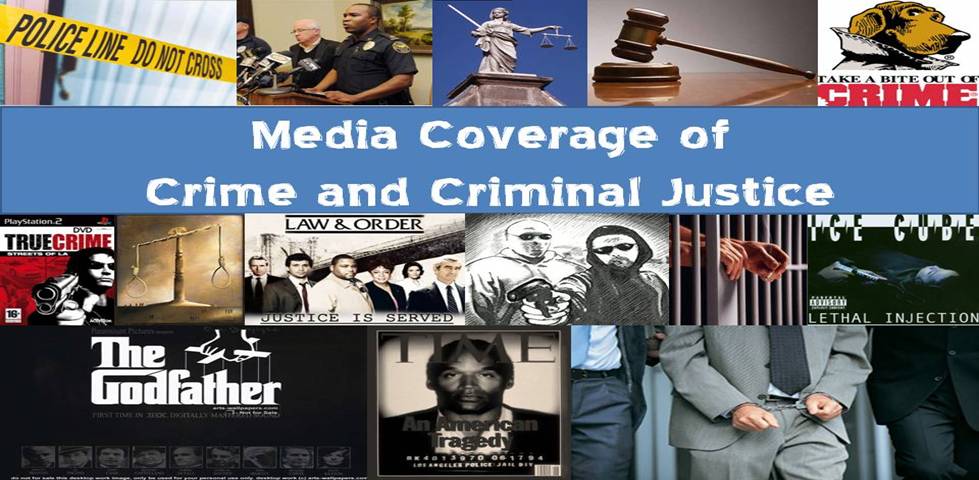This is from a journalist who, while writing for the Times, covered many, many, many shootings and killings. She then complied a report--called the Gun Report--where she summarizes what she learned in her time covering such incidents.
Very important stuff. READ IT!
This is portion of the article:
Before starting work on Gun Report, I had my own ideas about gun violence: Most of it probably resulted from gang activity, I assumed, along with the marital domestic shootings we so often read about.
More than 350 posts and 40,000 deaths later, here is what I learned.
Gang shootings are prevalent, especially in former hubs of industry now in economic decline in Ohio; the Flint/Tri-Cities region of Michigan; in Indianapolis and Fort Wayne, Indiana; Newport News, Va.; and Milwaukee, Wisconsin. Carjackings and home invasions often appeared in my Google news searches. I was surprised to learn that suburbs were a magnet for gun violence, perhaps mirroring the housing implosion, which decimated the suburbs and propelled people to cities, where there are always jobs.
Not that nation’s largest cities are exempt: Miami, Chicago, St. Louis, Detroit, Newark, New Orleans, Philadelphia, and Dallas are notable examples. (Less so New York, possibly because of the NYPD’s stop-and-frisk policy, which was ruled unconstitutional.) Drive-by shootings still plague northern and southern California; Los Angeles, Fresno and the entire east side of the state are rife with gang activity. Tennessee, Alabama, and Missouri also frequently popped up in this regard.
What was also notable was where the shootings aren’t: Maine, Hawaii, Vermont, Wyoming, Montana, and New Hampshire were rarely mentioned in the report. Why? Weapons don’t easily flow into Hawaii, surrounded by the Pacific, and Montana and Wyoming are sparsely populated, mostly by experienced, rural gun owners. But homeowners in these states are also armed against home invaders, and as we saw in Montana in May, tragedy can result.
But while half of the shootings I featured were the result of a crime, the other half, I was most surprised to learn, resulted from arguments — often fueled by alcohol — among friends, neighbors, family members and romantic partners. More and more, people are solving their differences not with their fists but with guns. Husbands and wives are shooting each other, as are sisters and brothers. In many homes across America, loaded guns are easily accessible, and children find them, accidentally shooting themselves or each other. One hundred children died in unintentional shootings in the year after Newtown, which breaks down to two every week.

No comments:
Post a Comment